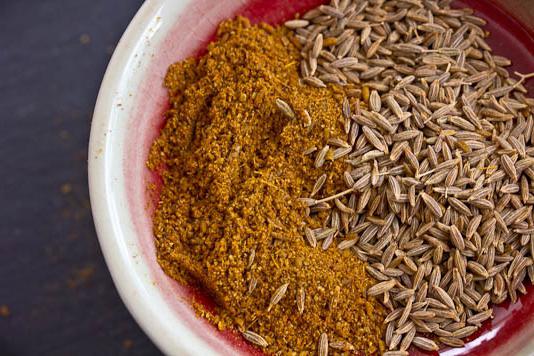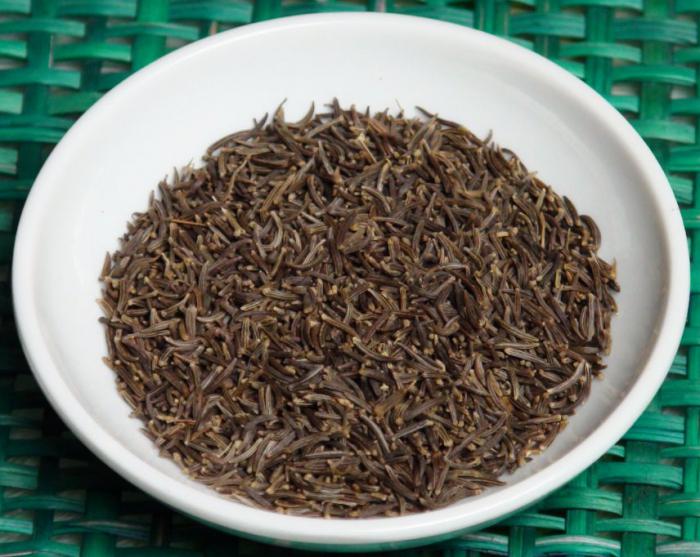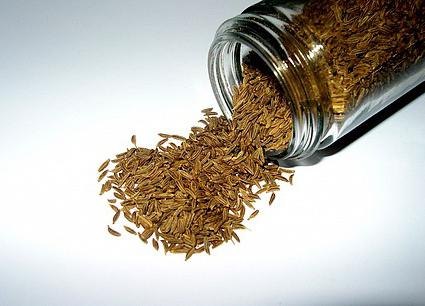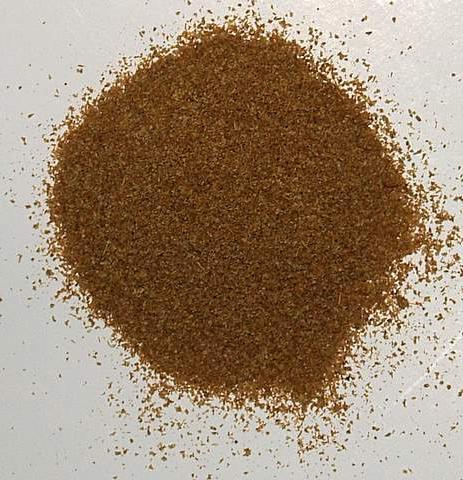Zira and cumin: the difference, what useful properties they possess, where they are applied.
Many housewives believe that zira and cumin aresame. Is this true? In this article, we will study this issue in detail: tell you what spices like zira and cumin represent, what is different (photos of each spice will be presented below) and where they are used.

Queen of Oriental Spices
Zira is a plant belonging to a small genusKmin family umbrella. Quite often this spice is called Roman cumin, or cumin. According to many, zira and cumin are one and the same, but this is far from being the case. They, indeed, look very similar, but the taste of these spices is completely different. The homeland of the zira is considered to be Central Asia. As a spice, it has long been used in ancient India, Greece, Rome, and the Middle East. The Greeks and Romans used cumin for treatment - this is mentioned in the works of Hippocrates, Pliny the Elder and Dioscorides.
There are several types of zira, which have different taste and aroma. The most common are the Persian and Kirman cumin. Zire is characterized by a sharp taste and a bright aroma with nutty notes.

Cumin
One of the most ancient plants found inpile buildings of the Stone Age, is cumin. In our state this plant is found in meadows, along carriageways, along the fringes, practically anywhere. This spicy plant belongs to the family of celery. In the first year of life, a fleshy, weakly branched root crop and rosettes of pinnate leaves form, while on the second year, a branching stem is thrown out, the height of which can reach 90 centimeters. Flowering of cumin falls in July. Fruits are elongated semisemia. Seeds of small size, ribbed. Young leaves contain about 45% of ascorbic acid, and root crops accumulate sugar.
In the Caucasus, the Balkan Peninsula, inMediterranean and Asia Minor grows black cumin. This spice is often perceived as a zira. What is the difference between oriental spice and black cumin, we will try to find out. Both spices have an acute smell and a bitter taste, but the taste characteristics are noticeably different, which is why they are used differently in cooking. No eastern pilaf can do without the addition of zira, in addition, it is often present in meat dishes, sausages and cheeses. Black cumin is mainly used as a spice in the preparation of confectionery, beverages and for flavoring pickles.

Zira and cumin: the difference in chemical composition
The seeds of cumin contain about 20% of fattyoils, 2.5 to 4% of essential oils (containing cumene aldehyde, kymol, paracimol, kimon and carvone), 10-15% of proteins, not more than 16% of gum, as well as flavonoids, cumin alcohol, alpha- and beta-pinins, tannins, B-group vitamins, dipentene, beta-fellandrene, ascorbic acid, peryl aldehyde, calcium, magnesium, phosphorus and other minerals.
The composition of seeds of cumin includes flavonoids, fatty andessential oil, protein compounds, coumarins, minerals and tannins. In the essential oil, limonene, carvone and carvacrol are present (it is thanks to this substance that a special aroma appears). In the roots of cumin, a large amount of ascorbic acid accumulates.
Useful properties of spices
As you can see in the photo, very similar in appearancezir and cumin. What is the difference between these spices? Properties. Regular use of cumin helps in the fight against insomnia, amnesia, nervous exhaustion, migraine, colic in the stomach, dyspepsia, flatulence, diarrhea, bronchitis, cholelithiasis and kidney stones, cough. On this benefit of zira does not end. This eastern spice normalizes digestion, prevents thrombosis, protects the body from heart attacks, improves the cardiovascular system, improves vision and brain activity.
Zira has a tonic, diuretic andantiseptic effect, enhances sexual attraction, removes toxins from the body. Cumin - wand-zashchalochka in the first months of pregnancy: relieves nausea and prevents bloating. Pediatricians with the help of zira treat children's flatulence, and the Greeks prepare from it therapeutic children's tea.
Cumin fruits also found wide application inmedicine (used to treat headaches, pneumonia and bronchitis). Spice is considered a good antiseptic. Has cumin and anti-worm properties. Essential oil helps to improve digestion, suppression of fermentation processes, normalization of bile secretion, relaxation of smooth muscles, besides it has a sedative effect. Seeds of spices are recommended for use in flatulence, pathology of the urinary tract, constipation and atony of the intestine.

Having become acquainted with the useful properties of suchpopular spices, like zira and cumin (what is the difference between externally similar plants, we already found out), you can not only give the dishes an unusual flavor, but also improve your health.
Contraindications for use
And are all allowed to eat souseful seasonings, like zira and cumin? What are they different, we have already figured out. Let's talk about when it is recommended not to use these spices. So, the use of cumin is contraindicated in gastritis with high acidity, ulcer of the duodenum and stomach.
People with a weak heart should give upconsumption of meat and fish dishes seasoned with cumin, as the likelihood of a heart attack increases. Spice is not recommended for increased acidity of the digestive juice produced by the stomach, and with anemia. Contraindicated caraway seeds with thrombophlebitis and thrombosis. Used in a large number of seeds can lead to the rejection of transplanted organs.

Application
Cumin fruits are used to produce etherealoils, young shoots are added to salads, soups and pates. To date, this is one of the most popular spices that are used for flavoring confectionery products, alcoholic beverages, marinades, sauces and canned food. In cosmetology and medicine, essential oil was used.
Seeds of zira in cooking can be used aswhole, and ground. In India, cumin is added to vegetable dishes, in Greece with this seasoning, sausages are cooked in Simir, in Uzbekistan - pilaf, various soups, cold snacks, in Kyrgyzstan - marinades and sauces, in Armenia - sausage sausage.

Beginner cooks after reading this material will be able to answer the questions: "What is the use of zira and cumin for?" What is the difference between these spices and what useful properties do they have? "





